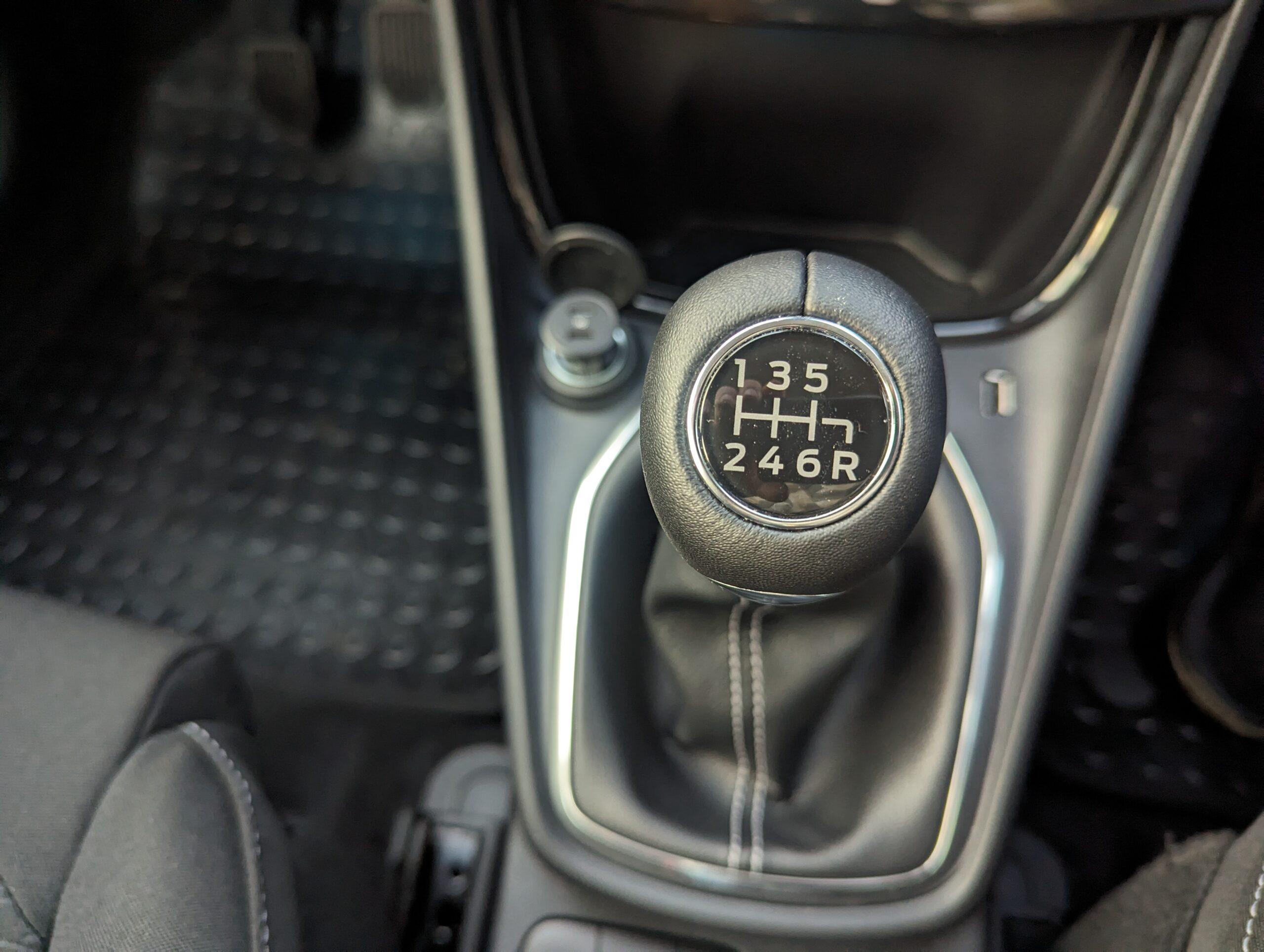Block gear changing, also known as skip shifting or selective gear changing, is a driving technique where the driver skips one or more gears while shifting, instead of going through each consecutive gear. This method can improve fuel efficiency and reduce wear on the gearbox by minimizing the number of gear changes and keeping the engine operating in its most efficient range.
How Block Gear Changing Works
- Upward Block Gear Changing: When accelerating, instead of shifting through each gear in sequence (e.g., 1st to 2nd to 3rd), the driver might shift directly from 1st to 3rd or from 2nd to 4th. This is done when the engine speed (RPM) allows for a smooth transition without straining the engine.
- Downward Block Gear Changing: When decelerating or slowing down, instead of going from 5th to 4th to 3rd, the driver might shift directly from 5th to 3rd or from 4th to 2nd. This technique helps to reduce engine braking and maintain smooth deceleration.
Benefits of Block Gear Changing
- Fuel Efficiency: By skipping gears, the engine can operate closer to its optimal efficiency range, reducing fuel consumption.
- Reduced Wear and Tear: Fewer gear changes mean less wear on the clutch and gearbox, potentially extending the lifespan of these components.
- Smoother Driving Experience: Properly executed block gear changes can lead to smoother acceleration and deceleration, enhancing passenger comfort.
- Reduced Driver Effort: Fewer gear changes mean less physical effort for the driver, making the driving experience more pleasant.
When to Use Block Gear Changing
- When Accelerating: Use block gear changing when you have built up sufficient speed and engine RPM to safely skip a gear without causing the engine to struggle or lug.
- When Decelerating: Use block gear changing when slowing down gradually or when approaching a stop, and the speed reduction allows for skipping a gear without causing the engine to over-rev or brake too harshly.
Tips for Effective Block Gear Changing
- Know Your Vehicle: Understand the power and torque characteristics of your engine, as well as the gear ratios, to make informed decisions about when to skip gears.
- Monitor Engine RPM: Keep an eye on the tachometer to ensure that the engine speed is within a suitable range for the target gear.
- Practice Smooth Clutch Control: Smooth engagement and disengagement of the clutch are crucial for effective block gear changing.
- Anticipate Road Conditions: Plan your gear changes based on traffic flow, road gradient, and driving conditions to maintain control and efficiency.
Block gear changing is a useful technique for improving driving efficiency and comfort, but it requires practice and familiarity with your vehicle to execute effectively.


